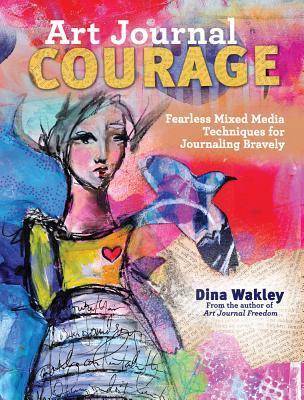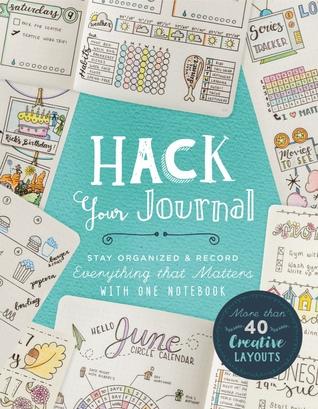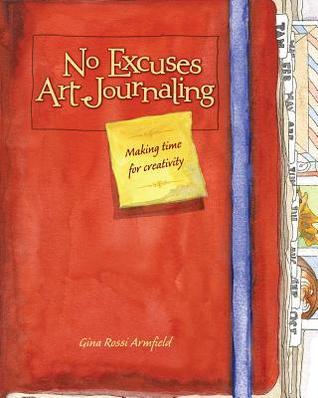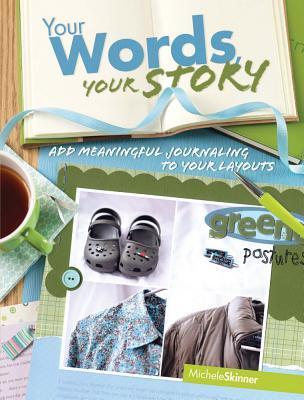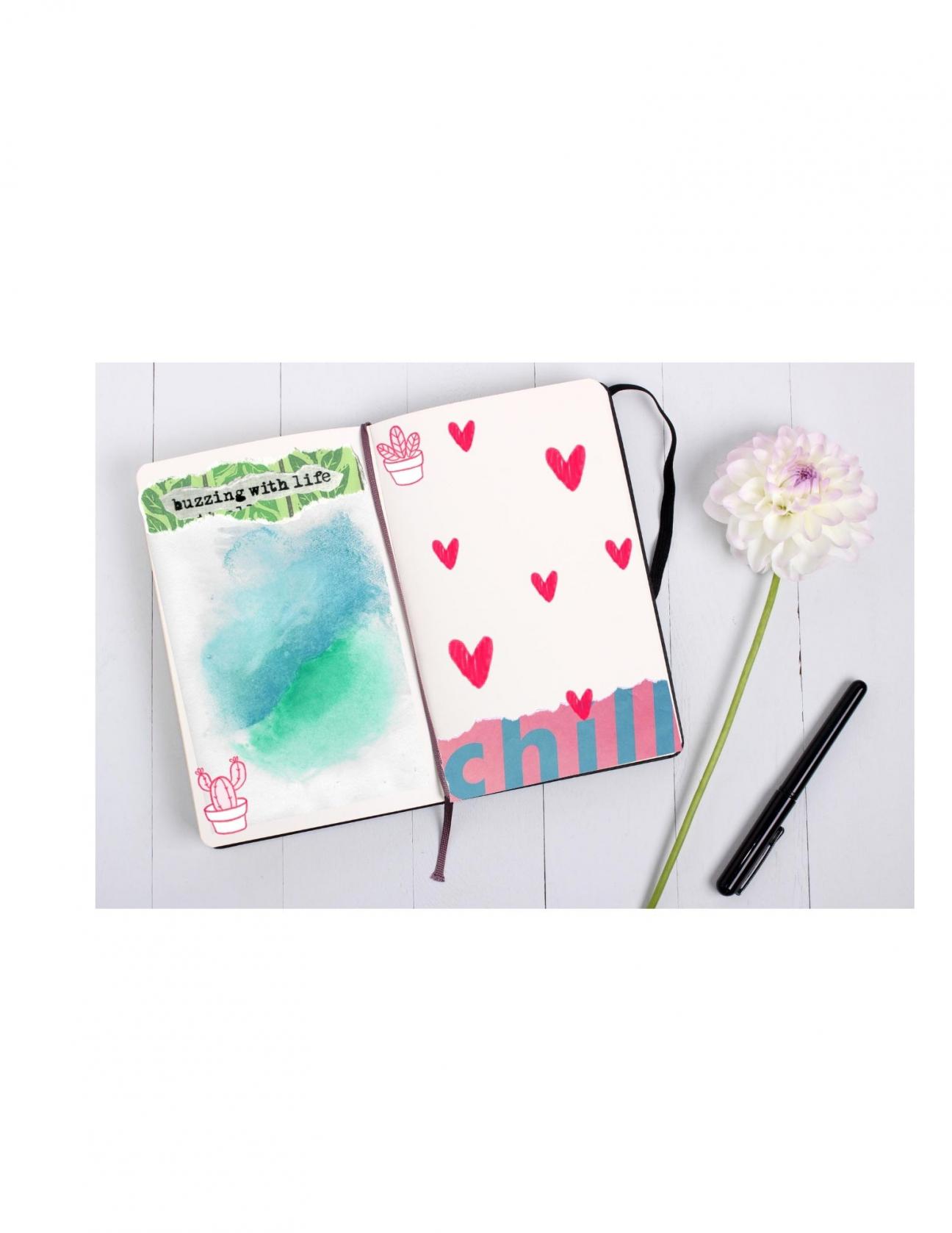
A journal does not have to be a specially bound notebook with wholesome quotes in it. A journal could be a ninety nine cent composition book, some leftover notebook or copier paper, or something you make and decorate yourself. A journal could also be done electronically on a computer, tablet, or phone. There is no wrong way to keeping a journal, but if you are hesitant then let us discuss some tips and tricks to getting started and keeping with it.
Where do I write?
Obviously, we need somewhere to write or record our thoughts. If you are interested in making your own journal or enhancing something you have on hand, CreativeBug is a wonderful resource for all things creative. Just login with your library card and check out hundreds of fun classes for free. The DIY Traveler's Journal by Faith Hale is a great class on making a super simple journal that you can add pages to. If you are looking to make your existing journal more fun or personal, check out this four part series Art Journaling with Dawn Sokol. Journaling does not have to be done on paper, there are several free apps out there, including: Day One Journal, Daylio Journal, and Journey: Diary Journal to name a few.
What do I write?
Now that we have decided where to scribble away, what are we actually supposed to write about? The answer is anything you want. That is the absolute best part about keeping a journal, you can write, record, or draw anything you want. A good place to start is with date. Dating your entries gives you a timeline and you can also begin to track cycles, patterns and trends in your life and your writing. Starting small works well for some. Try setting a timer for five minutes. Start writing with what you already know or can easily remember. Here are some things to keep in mind to get you writing.
- daily events
- personal wins
- lists of things I love or am grateful for
- break goals down into smaller to-do lists
- collect quotes
- lists of things I need to just let go
- people I should reach out to
- where I want to be in a week, a month, a year, or five years
How do I find my Zen?
Generally the best place to write in a journal is somewhere calm and quiet where you can collect your thoughts. For those that may not have access to that, I have found that music can be a wonderful barrier. Plugging in a pair of headphones and tuning in to some of your favorite songs can be a great way to block worldly distractions that constantly seem to be bombarding us. If you're looking for some music inspiration, I recommend the library's Music Page. There you can find out about CDs that are new to our collection, read music reviews, place holds, and connect to the library's Freegal catalog to get your five weekly downloads.
Including calligraphy into an entry can be another calming technique. If you feel intimidated by learning caligraphy or special text, please check out CreativeBug for videos and tutorials.
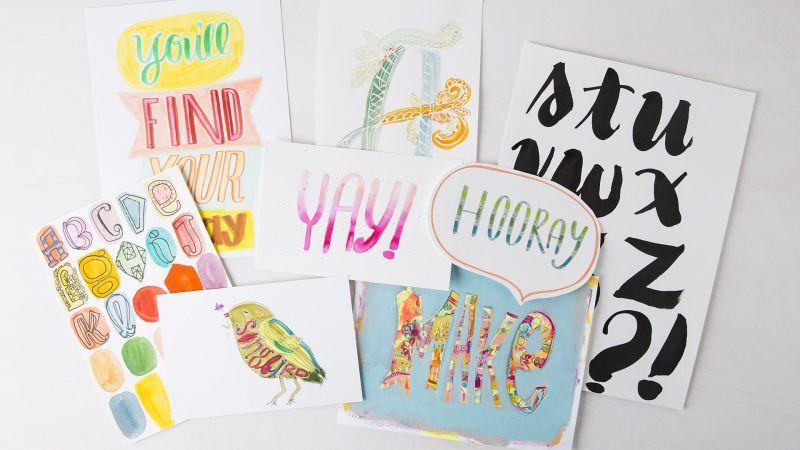
Check out these library materials for more inspiration.
Art Journal Courage by Dina Wakley
Discover the techniques and courage you need to journal bravely! With Dina's help, you'll begin by working through any fears you have of using your own handwriting. You'll get journaling prompts and techniques to help you develop a handwriting style you'll love and words you'll want to write!
Hack Your Journal by Lark Crafts
If you’re looking for clever ways to spruce up your diary or build a planner from scratch, Hack Your Journal teaches you how to design fun and functional pages that meet your needs. You’ll find step-by-step instructions to recreate these pages on your own, while sidebars provide quick tutorials on useful techniques to decorate and personalize each one. If you keep a planner, organizer, or diary, or want to begin, you’ll refer to this inspirational book again and again!
No Excuses Art Journaling by Gina Armfield
"I don't have time. I don't know what to journal about. I can't keep the momentum going."
Sound familiar? Using a day planner as your art journal, you'll find daily, weekly and monthly prompts that you can adapt to fit your real-life, busy schedule. Along the way, you'll learn fun and convenient techniques to add sketching, watercolor painting, collage and more into your journal, all while setting goals, creating art and chronicling your unique life.
Your Words Your Story by Michele Skinner
This book will take the fear and confusion out of journaling by guiding you through the writing process with clear explanations and over 120 layouts featuring a variety of journaling styles. Whatever your background and skill level, you can write meaningful journaling on a page.
